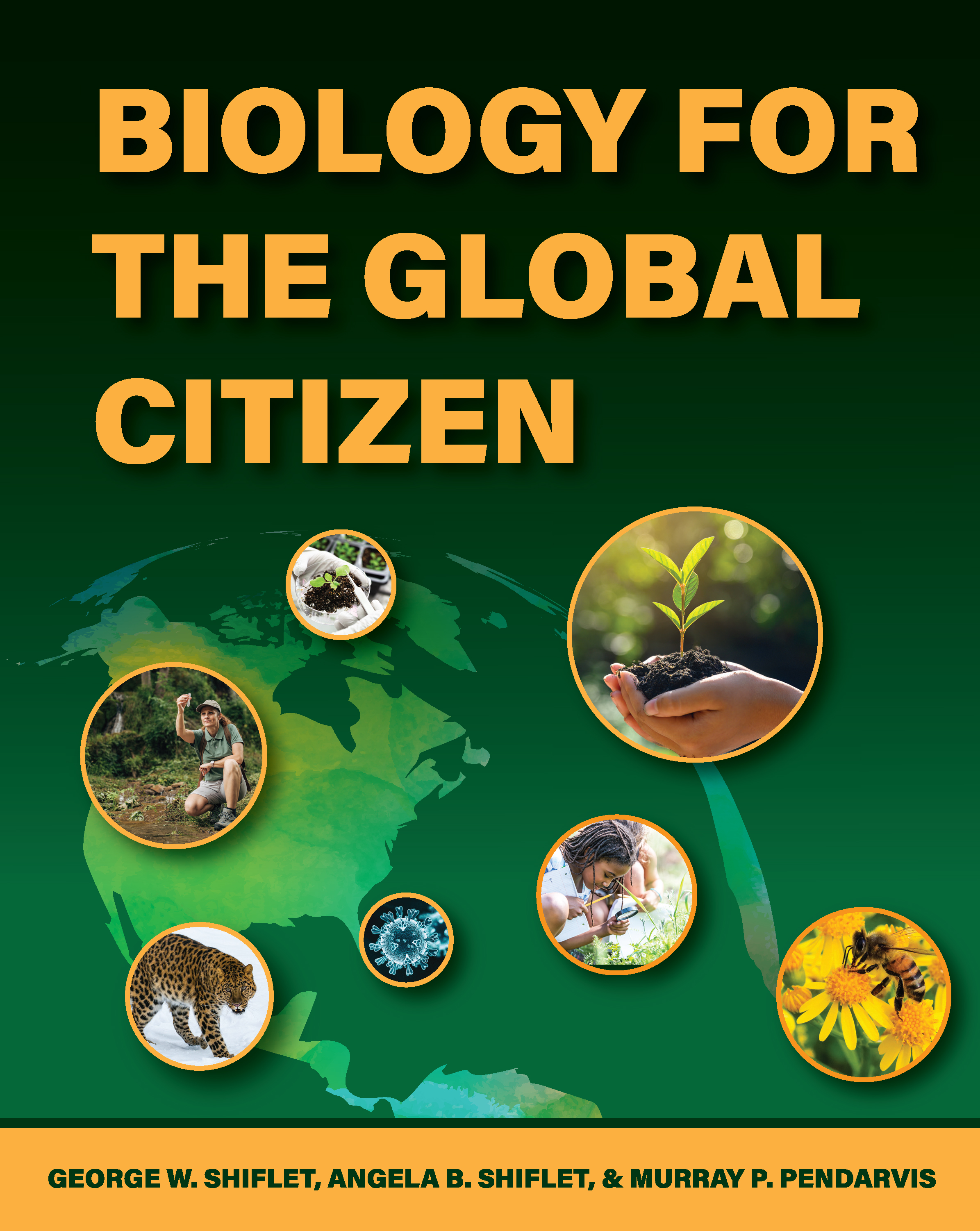in Science

|
What's News in Science 
|
Making a Living from Death: Scavengers
by George Shiflet
|
All organisms living within an ecosystem have some role to play in that ecosystem. (An ecosystem is A biological system composed of a community of living organisms found in a specific physical environment that interact with each other and the environment.) Of those organisms, scavengers are often forgotten or avoided. Scavengers are organisms that consume decomposing animal or plant material. Those that feed on decaying animal material (carrion) are generally referred to as carrion eaters. With the foul smells, multiplying microbes and feeding maggots, the thought of decaying flesh doesn’t seem very appetizing to us. Those animals that do fancy such fare, however, are vital to the health of any ecosystem. Consequently, scavengers have a role in one type of ecosystem services (contribution of ecosystem to human well-being) – regulation. By disposing of decaying animal carcasses, they not only remove the dead animal, but also the associated pest organisms. Many of the pest organisms, if unremoved, may be damaging to and unhealthy for farm animals and human beings. Additionally, processing of decaying flesh helps to return nutrients to the soil, increasing its fertility
Australia
Along the coastal areas of southern Australia is an ecosystem composed of semi-arid scrubland, characterized by low-growing eucalyptus species. Interspersed are various agricultural lands, such as sheep farms. As in most ecosystems, human activities have greatly altered the natural relationships that existed before Europeans intruded. Many of the native animals have gone, with non-native species (e.g., red fox) introduced. One surviving native, terrestrial scavenger/predator, is the heath goanna (Varanus rosenbergi), a sizeable lizard that can grow up to five feet long (Figure 1). These animals have been shown quite proficient at scavenging dead animal carcasses (Jameson). One of the main benefits of this activity is that the carcasses often contain the eggs/larvae of blowflies. Blowfly larvae (maggots) are particularly threatening to sheep.

Figure 1. Heath goanna
Copyright © by Paul Asman and Jill Lenoble at https://commons.wikimedia.org/wiki/File:Heath_goanna_Varanus_rosenbergii_(8294974817).jpg
If carcasses of dead animals are not removed by scavengers, blowflies lay their eggs, and the hatching maggots feed on the carrion, maturing into new flies. These new adult flies can mate and travel up to 12 km in search of a suitable place to lay their eggs. Flies often lay their eggs on sheep wool or open wounds found on sheep. The eggs hatch and the maggots can feed on the skin or deeper tissues of the sheep, often causing infections. Damage done to the sheep farming industry costs hundreds of millions of dollars. So, carcass removal by scavengers is an essential service for the proper functioning of the ecosystem.
Vultures
Scavengers like vultures (Figure 2) have been on the decline on at least three continents from the increased use of toxins. These birds are essential to removing disease-infested carcasses, which otherwise would attract unwanted scavengers like rats and feral dogs, which, in turn, may help to spread diseases like rabies to human populations. Vultures, actually are pretty resilient, and their guts contain some pretty strong acids to destroy many consumed toxins. Nevertheless, in India, after farmers started treating their cattle in 1994 with the NSAID diclofenac for various inflammations, vultures consuming the cattle carcasses accumulated enough of the drug to destroy their kidney function, killing them. Within ten years, vulture populations dropped from millions to thousands. Without the vultures, Indian farmers disposed of their dead livestock in waterways, which helped to spread more disease. Human deaths increased by a half million between 2000 and 2005.

Figure 2. Pair of White-rumped vultures
Copyright © by Shantanu Kuveskar at https://commons.wikimedia.org/wiki/File:White-rumped_vulture_(Gyps_bengalensis)_Pair_2_Photograph_by_Shantanu_Kuveskar.jpg
In the U.S., the numbers of California condor (Figure 3), which is also a scavenger, were reduced to a few individuals, because of lead found in the remaining innards of game that were field-dressed by hunters. The lead was contained in the bullet fragments. The condor populations have increased from conservation efforts but remain rare.

Figure 3. California condor
Copyright © by Grand Canyon National Park at https://commons.wikimedia.org/wiki/File:Grand_Canyon_National_Park_California_Condor_87_3467_(5735691358).jpg
So, these unglamorous creatures that are so important to the health of their ecosystems need to be protected.
Jameson, Tom JM, Gregory R. Johnston, Max Barr, Derek Sandow, Jason J. Head, and Edgar C. Turner. "Squamate scavenging services: Heath goannas (Varanus rosenbergi) support carcass removal and may suppress agriculturally damaging blowflies." Ecology and Evolution 14, no. 6 (2024): e11535.
Frank, Eyal, and Anant Sudarshan. "The social costs of keystone species collapse: Evidence from the decline of vultures in India." University of Chicago, Becker Friedman Institute for Economics Working Paper 2022-165 (2023).